Pharma Industry News Update: 12 October 2015
Mastering Mobile Social Media to Improve Health Outcomes A Pharmaguy Presentation Made at Bayer Meetup in Berlin

Access the presentation on Slideshare here.
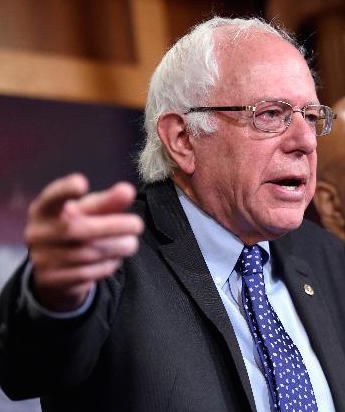 Califf Is Not the Person to Lead FDA Says Bernie Sanders
Califf Is Not the Person to Lead FDA Says Bernie Sanders
“At a time when millions of Americans cannot afford to purchase the prescription drugs they need, we need a new leader at the FDA who is prepared to stand up to the pharmaceutical companies and work to substantially lower drug prices. Unfortunately, I have come to the conclusion that Dr. Califf is not that person,” Sanders said after speaking with the nominee. Califf’s confirmation will come before the Senate health committee, which Sanders sits on.
Califf says his salary is contractually underwritten in part by several large pharmaceutical companies, including Merck, Bristol-Myers Squibb, Eli Lilly and Novartis. He also receives as much as $100,000 a year in consulting fees from some of those companies, and from others, according to his 2014 conflict of interest disclosure [pdf]. In an interview with TIME, Califf estimates that less than half of his annual income comes from research money provided by the pharmaceutical industry, though he says he is not certain because he doesn’t tend to distinguish between industry and government research funding.
PEW: 65% of Adults Use Social Networking Sites A Tenfold Jump in the Past Decade
Nearly two-thirds of American adults (65%) use social networking sites, up from 7% when Pew Research Center began tracking social media usage in 2005.
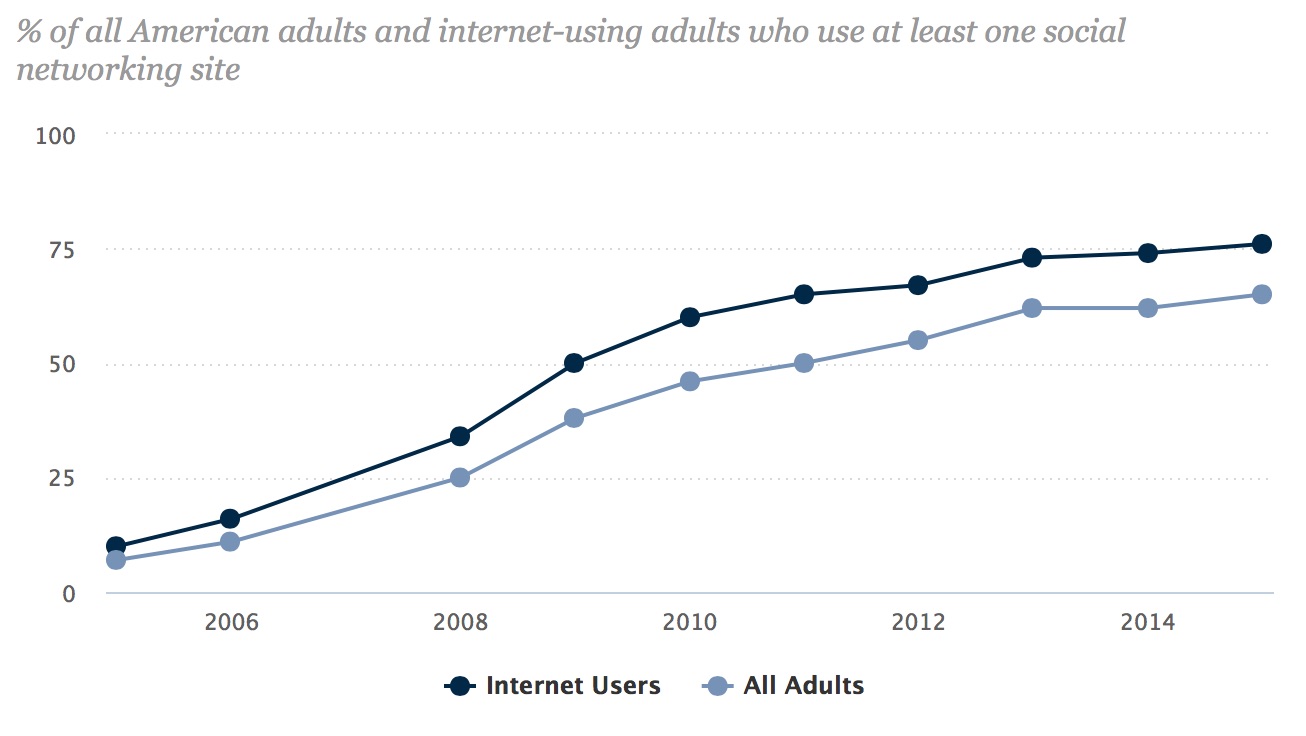
- Age differences: Seniors make strides
- Gender differences: Women and men use social media at similar rates
- Socio-economic differences: Those with higher education levels and household income lead the way
- Racial and ethnic similarities
- Community differences: More than half of rural residents now use social media
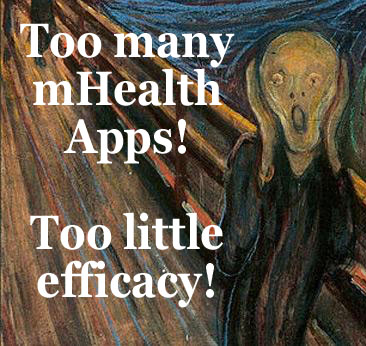 mHealth Apps Overwhelming Choice, Limited Proven Efficacy, Security Issues
mHealth Apps Overwhelming Choice, Limited Proven Efficacy, Security Issues
According a new study just released by the IMS Institute for Healthcare Informatics, the number of mobile health applications (mHealth apps) available to consumers now surpasses 165,000. The study, Patient Adoption of mHealth: Use, Evidence and Remaining Barriers to Mainstream Acceptance, analyzed 26,864 apps available in the U.S. Apple iTunes and Android app stores — a representative sample of the most widely used mHealth apps by consumers.
The problem is this: too many apps, too little efficacy in terms of health outcomes.
“The fast-paced growth of the healthcare app market has outpaced the ability to develop oversight and guidance for accuracy of clinical content contained in mHealth apps,” concludes the report. “The sheer volume of choices in the consumer mHealth apps available in the absence of a mechanism for certifying or ranking apps leaves providers and consumers on their own to navigate app selection. This environment leads to provider reluctance in prescribing mHealth apps given the unknowns about accuracy, efficacy as well as security.”
What’s the solution?
FDA Approved OxyContin for Children as Young as 11 Years Old
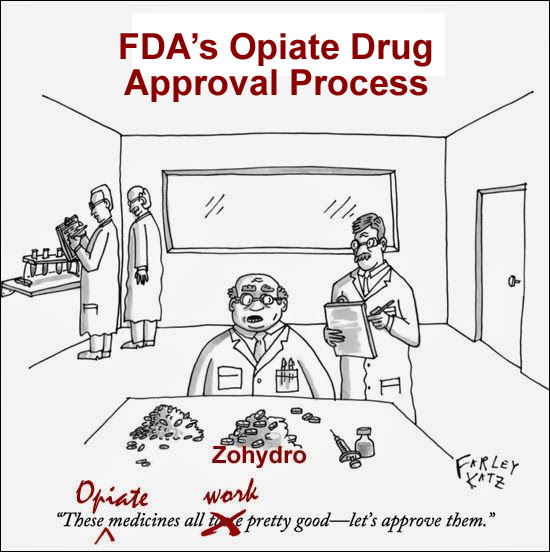





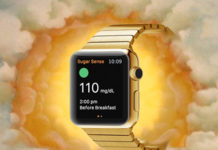
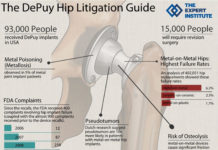

![6 Digital Tools at the Center of Healthcare Digitalization [INFOGRAPHIC]](http://ec2-54-175-84-28.compute-1.amazonaws.com/pharma-mkting.com/wp-content/uploads/2021/04/6DigitalTools_600px-100x70.jpg)




